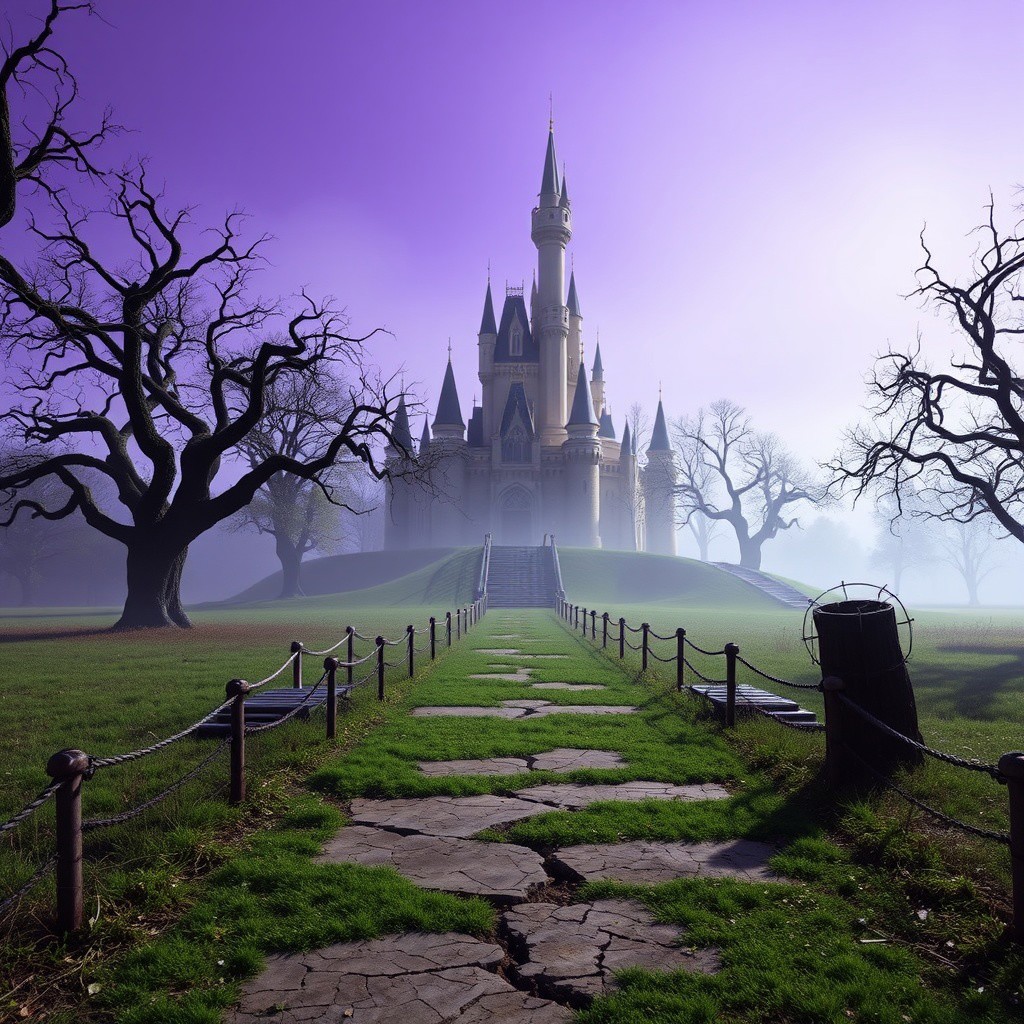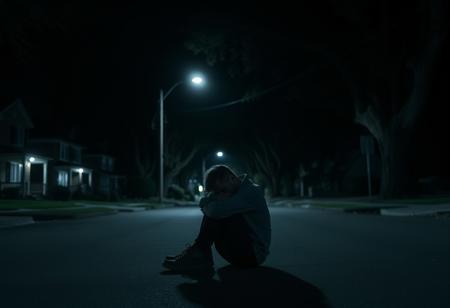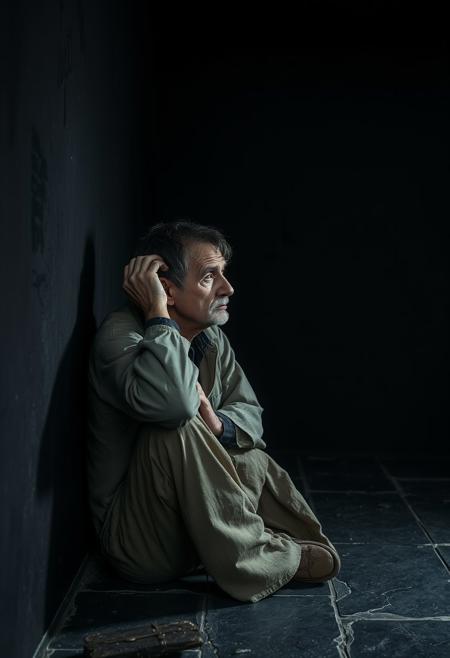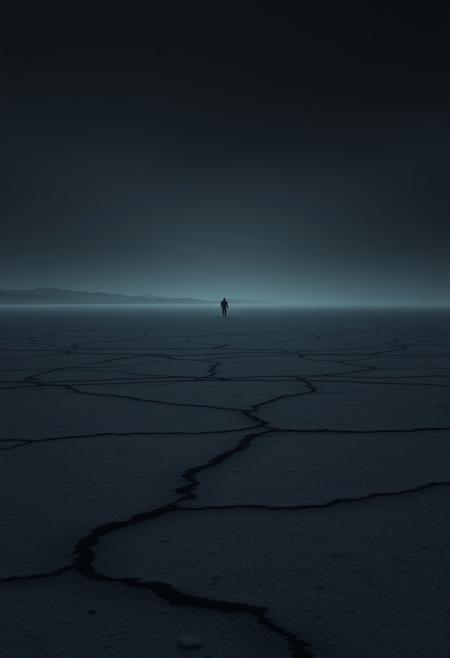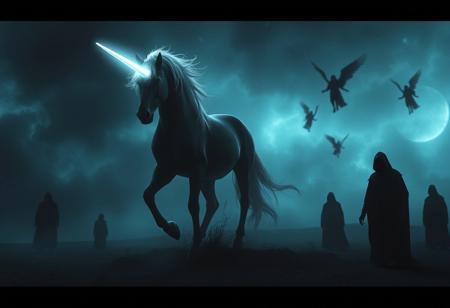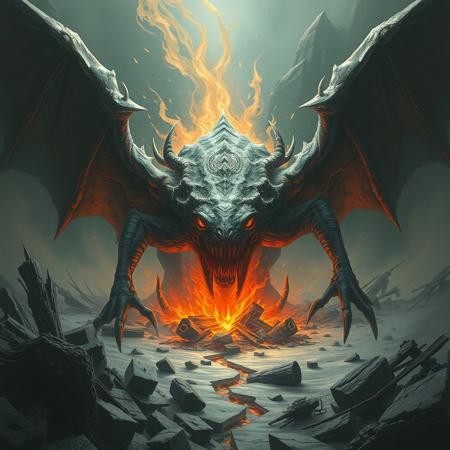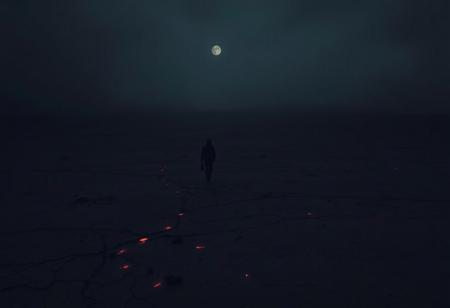A creepy liminal space in front of Peach’s Castle from Super Mario 64, where the once familiar world has become unsettling and oppressive. The castle stands towering in the distance, its bright colors faded and dulled, casting a dark, suffocating shadow over the empty, abandoned lawn. The lush green grass is now eerily still, almost lifeless, and the sky above is a bleak, unnatural shade of purple—no clouds, no movement, just a quiet that feels suffocating. The once inviting pathways are cracked, uneven, and barely visible through the overgrown, dead grass. The bridges that once seemed playful now look decayed and broken, standing still as if forgotten. The trees lining the path are twisted, their branches reaching out like gnarled, skeletal fingers, casting long shadows that seem to move on their own. A thick fog lingers over the ground, seeping toward the castle’s base, distorting the view as if the structure itself is slowly fading away. The world around you feels frozen in time, a lonely, abandoned place with no sound, no life—just the oppressive sensation of being completely alone. The world of Super Mario 64, once vibrant and alive, is now empty and hostile, a void where the silence is unbearably heavy, and a sense of dread creeps through every corner. The isolation is suffocating, and the feeling that something is watching from the darkness just beyond the fog lingers in every moment.
